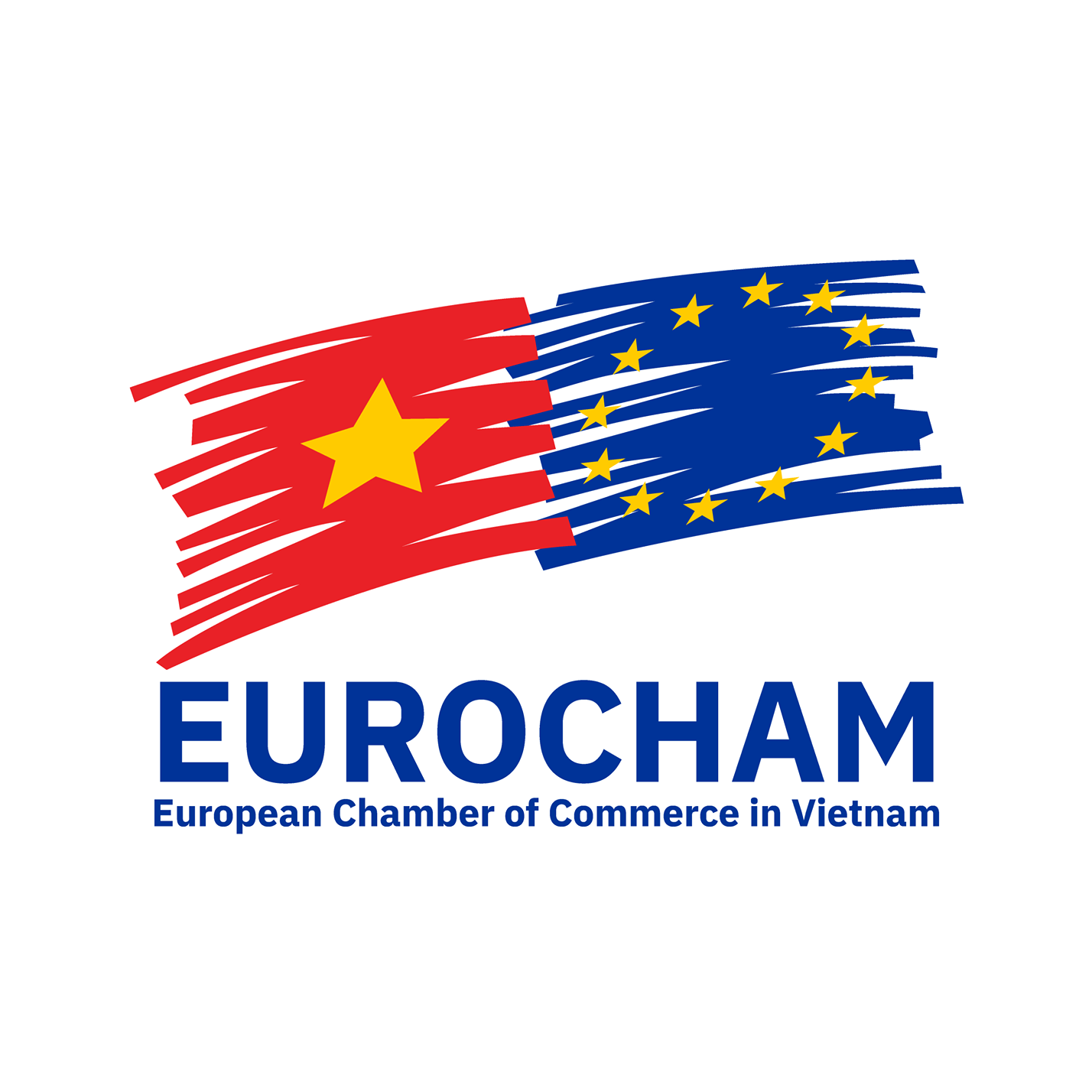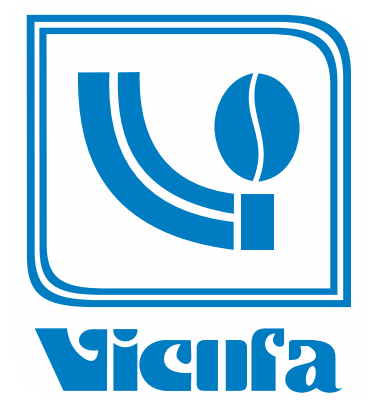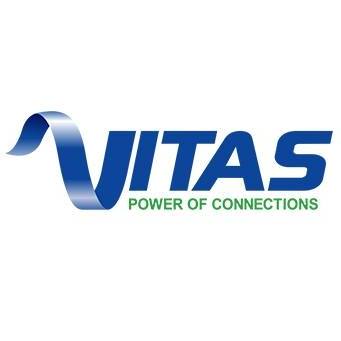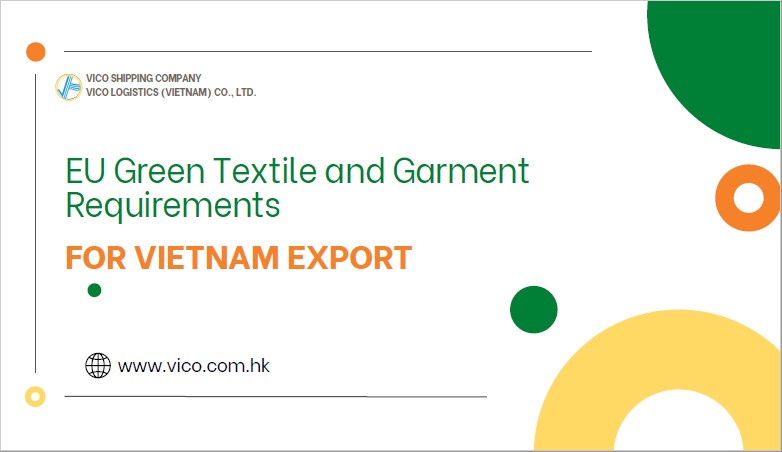
The demand for eco-friendly products is rising in today's global marketplace, and the textile industry is no exception. As consumers become more environmentally conscious, green textiles have gained immense popularity. To meet this growing demand, businesses worldwide want to export green textiles to lucrative markets such as the European Union (EU) and the United States (US). Acting as one of the more promising business prospects for Vietnam's strong and stable textile industry. However, navigating the export requirements, understanding the benefits, and overcoming challenges can be complex. This article will delve into these aspects of exporting green textiles to the EU and the US.
1. Export Requirements for Green Textiles
Exporting textiles to the EU and the US requires compliance with stringent environmental and quality standards. These regulations protect consumers, the environment, and workers, ensuring that fabrics meet the highest sustainability, safety, and quality standards.
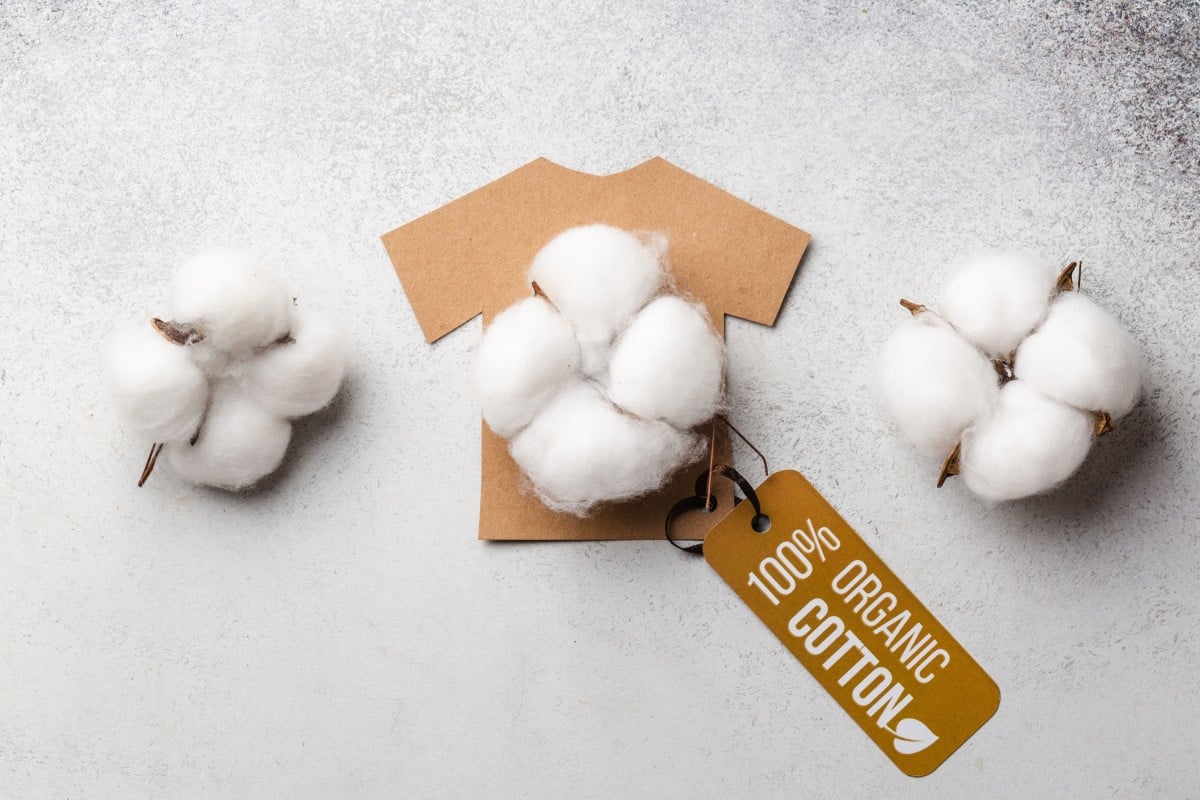
Source: South China Morning
For the European Union:
- REACH Regulation: The Registration, Evaluation, Authorization, and Restriction of Chemicals (REACH) regulation requires businesses to ensure that the chemicals used in textiles are safe for humans and the environment. This regulation places the onus on manufacturers and importers to prove the safety of their products.
- OEKO-TEX Certification: While not mandatory, OEKO-TEX certification is highly regarded in the EU. It guarantees that the textile product is free from harmful substances and produced in an environmentally friendly manner.
- CE Marking: For certain types of textiles, like personal protective equipment, compliance with CE marking is mandatory, indicating adherence to specific safety standards.
For the United States:
- Textile Fiber Products Identification Act: This regulation mandates that all textile products imported to the US must have accurate and transparent labeling, including fiber content, country of origin, and care instructions.
- Flammability Standards: The US has stringent flammability standards for textiles, particularly for products like children's sleepwear, which must meet specific fire resistance requirements.
- Federal Trade Commission (FTC) Care Labeling Rule: Textile products must have care labels providing consumers with proper instructions for care and maintenance.
>> How logistics enhance Vietnam textile and garment industry’s advantages?
To underscore the importance of exporting green textiles to the EU and the US, here are some relevant statistics:
- Market Size: The global green textiles market was valued at $146.2 billion in 2020 and is projected to reach $248.5 billion by 2026, growing at a CAGR of 9.2% (source: Mordor Intelligence).
- Consumer Demand: Over 70% of consumers in the EU and the US are willing to pay a premium for sustainable products, with the majority citing environmental concerns as the primary reason (source: Nielsen Global Sustainability Report).
- Green Labeling: In the US, 77% of consumers look for eco-friendly labels when purchasing textiles, and 65% believe green labels influence their purchasing decisions (source: Statista).
- Regulatory Compliance: Non-compliance with EU regulations like REACH can result in fines ranging from thousands to millions of euros, depending on the severity of the violation.
3. Benefits of Exporting Green Textiles
Exporting green textiles to the EU and the US presents a multitude of advantages:
- Market Demand: These regions have a growing consumer base prioritizing sustainability and eco-friendliness. Exporting green textiles aligns with market demand and can lead to increased sales.
- Premium Pricing: Green textiles often command higher prices in the market due to their sustainability and quality. This allows businesses to enjoy improved profit margins.
- Brand Image: Exporting green textiles can enhance a company's brand image as an environmentally responsible and socially conscious entity, attracting environmentally-conscious consumers.
- Government Incentives: Governments in the EU and the US offer incentives and subsidies to businesses that focus on green and sustainable practices, further encouraging the export of eco-friendly textiles.
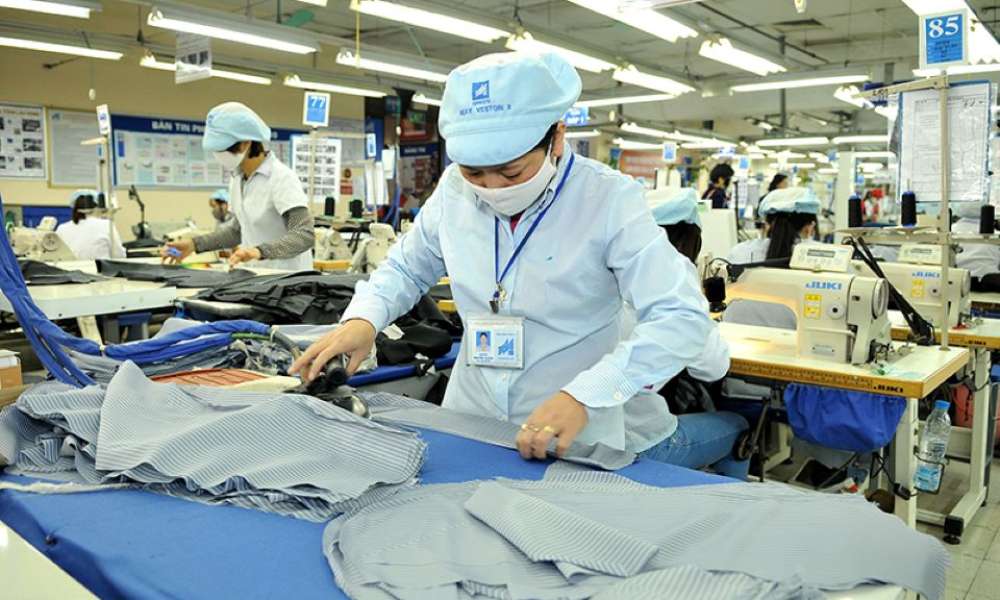
4. Challenges of Exporting Green Textiles
While the benefits are substantial, there are challenges to exporting green textiles to these markets:
- Regulatory Complexity: Meeting the strict environmental and safety standards can be daunting, and navigating the complex regulations may pose a challenge for many businesses.
- Cost of Compliance: Achieving compliance with these regulations can involve investments in research, development, and certification, which can be costly.
- Competition: The green textiles market is becoming increasingly competitive, making it essential for businesses to distinguish themselves.
- Supply Chain Management: Maintaining a sustainable and transparent supply chain is vital but challenging, especially for businesses with complex supply networks.
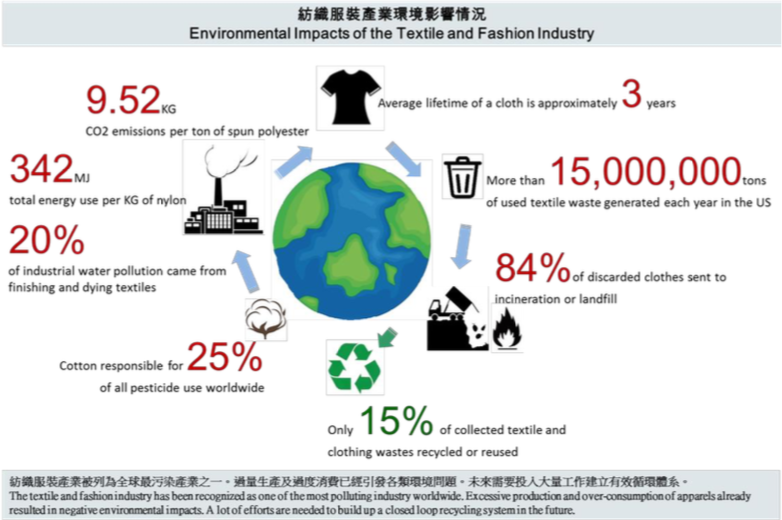
source: fashion-reindustrialization.hk/
5. How VICO Logistics Can Help
VICO Logistics is a crucial partner for businesses exporting green textiles to the EU and the US. As an experienced logistics and supply chain management company, VICO offers a range of services to facilitate the export process:
1.Regulatory Expertise: VICO Logistics deeply understands the EU and US regulatory requirements while providing guidance on compliance, documentation, and quality control.
2. Experience with importing heavy-duty machines in Vietnam
3. Certification Assistance: VICO can assist in obtaining necessary certifications and ensuring that your green textiles meet the standards required for entry into these markets.
4. Sustainable Supply Chain Management: We specialize in creating and managing sustainable supply chains, helping businesses source sustainable materials, reduce waste, and minimize the carbon footprint of the entire supply chain.
5. Market Access Strategies: With our market expertise, businesses can develop effective strategies to penetrate the EU and US markets, addressing competition and market positioning challenges.
6. Cost Efficiency: VICO Logistics helps businesses streamline their supply chain operations, reducing costs related to transportation, warehousing, and distribution.
In conclusion, exporting green textiles to the EU and the US can be lucrative. The benefits include tapping into growing markets, commanding premium prices, and enhancing brand image. However, the path has challenges, including regulatory complexities and competition.
>> Vietnam Freight Forwarders for Textile Manufacturers
Businesses looking to embark on this journey can benefit greatly from partnering with a knowledgeable logistics partner who can take away unnecessary stress, providing invaluable support in navigating the intricate regulatory landscape, managing sustainable supply chains, and optimizing market access strategies. As the demand for eco-friendly products continues to grow, green textiles are not just a trend but a sustainable pathway to long-term success in the textile industry.
Get in touch with VICO Logistics today and get an initial consultation.
-----
VICO LOGISTICS – Indochina Logistics Expert
Premium member of Eurocham, JCtrans, VLA, VCCI,... associations
Owned offices: Hong Kong (headquarter), China (Shenzhen, Shanghai), Vietnam (Ho Chi Minh, Da Nang, Hai Phong).
Follow us for more valuable information
Book now: https://vico.com.hk/#quotation
Contact us: mkt4_hcm@vico.com.hk (For business development)
